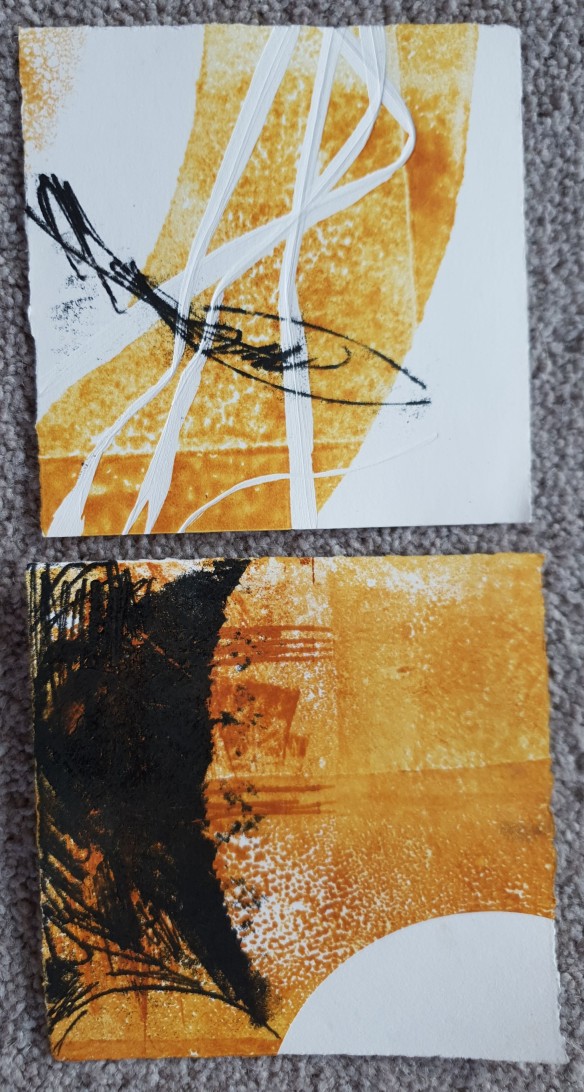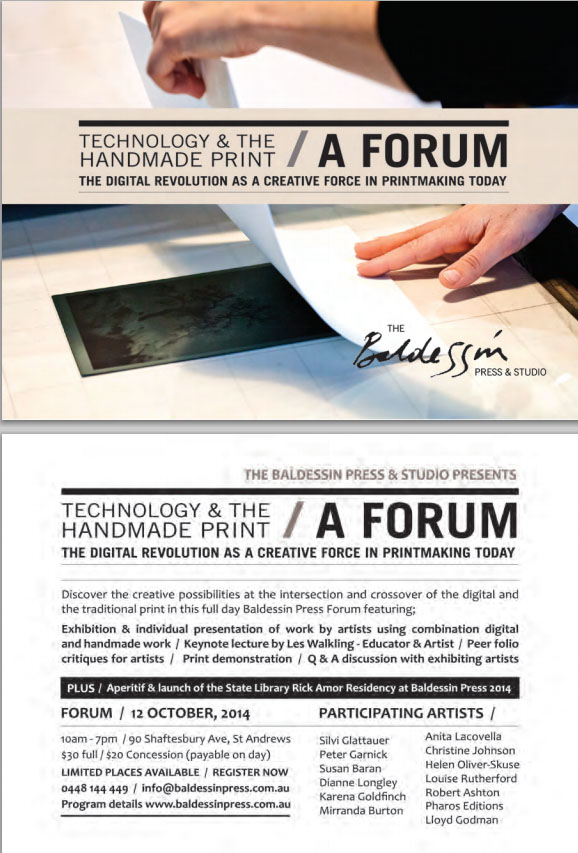The time for stalling and perfectionism is over! It’s official, in 15 days, all going well, we will have a baby. I have 15 more days to do …all that I wanted to do before having a baby.
One of those things was ‘write the perfect blog post about laser cutting, complete with meditation on digital fabrication as a concept, the Maker movement and what I think about the V&A buying the 3D printed gun for their collection’ (cool).
Sorry, that post is never going to get written. Instead, I present the following about my laser cutting and etching experiments to date at the wonderful Makerspace, Wellington.
 (I love the design of Makerspace’s door!)
(I love the design of Makerspace’s door!)
Go up the stairs to a bright orange steel door. You have to press the buzzer for someone to let you in – they need good security because there’s lot of exciting, expensive tools in here!. I can hear electronic music pumping, and there’s a lot going on. I check out the calendar as I’m waiting to be let in. There are dates and times for all kinds of sessions, including ‘building robotic things’, ‘introducing the laser cutter’, ‘intro to 3d printing’. The owner, Lee, wants to help people start businesses using digital technologies. Makerspace has the machines, and the general principle is that you have to go to a short intro class to learn how to run the particular machine you want to hire, then, once you know how to use it, you hire a time and just go for it.
I go to the laser cutting intro session on a cold wet Thursday night. The session is packed – it is great how many people are interested in this stuff. My laser cut keyring design is too complex, and I don’t get to print anything because I didn’t listen to the instructions telling me to save it beforehand (ggaghh!)…. But I’m still determined.
Lee helps me load up the laser cutting software so I can transfer my Adobe Illustrator (AI) files (little does he know that I don’t know how to use AI yet, so I don’t have any files!). Now I have the laser software, I teach myself the basic basics of AI in double time, and produce some ‘experimental’(!) laser cutting designs.
Next week I come back and book some time on the laser cutter. Lee’s assistant Jules and I watch the laser at work on my design through the machine’s protective cover. There is a strong smell of burning wood and paper. I’m dismayed to find that my set-up is all wrong. I’ve got too many tiny lines, too close together. At the speed I’ve set, they will just make a burnt hole. Then, in my haste to actually get an outcome, I delete lots of my painstakingly prepared files by mistake. I feel like crying. I take up a lot of Jules’ time, but he is very nice about it. I resolve to come back much more independent.
For better or worse, I grew up associating technology with guys. Although I’m sure I got encouraged to use these tools, it was always my dad, rather than my mum, who was into the computer stuff at home. There was always a crowd of boys around the computer at primary school. It’s not as if the girls were pining away to use the computer; they were were off playing elastics or tree-faries. Anyway, it’s relatively new for me to be excited about technology, or to feel that its something that I can do, so it’s a bit intimidating going into a machine-y space, and I’m very ready to feel like an idiot. But Lee is really friendly and laid back, and makes me feel at once like I can do it, I’m not going to break anything, and that its ok not to know, if I don’t. I fit in fine around all their other projects. I love it that this place really DOES make the technology accessible.
Another thing that makes me feel more at home is that I love it how the technology is being used to do ALL kinds of projects – there’s a stay at home mum who is using laser cutting services for her cooking business, people are using the laser to cut wedding invitations, and me, messing around with fine-art etching experiments.
There are projects on the go everywhere in the space; piles of freshly cut Perspex and wood for commercial projects, 3D printed plastic vases and skulls, and of course they’ve made their own signs. I admire the laser cut coat-hook on the back of the toilet door.
—————————————————————————————————–
What I’m trying to make here isn’t a finished product in itself – it’s a plate that I can use to cover with ink and print on a printing press to create a print on paper. For me, the digital part of the process is important because it lets me make printing plates with very complex and fine lines, without using acids or metal salts. It also makes the process quicker (theoretically!) because it takes a long time to transfer a hand drawn image to wood, and then to adjust it to different scales. Ironically, drawing something on Adobe Illustrator takes MUCH longer than drawing it by hand, but once it’s in there, there is much more scope for playing with the image; stretching it, resizing it, copying it, adding and subtracting elements. Digital is a great way to quickly explore variations on an idea.
I still want an element of the handmade though. I want to mix up the ink, roll it onto the plate and print it by hand on beautiful paper.
I love words and I enjoy thinking about them. I like saying the words ‘printmaking’, ‘print’, ‘making’, ‘copy’, ‘replica’, seeing the images that crowd through my brain and listening to the resonances of those words in art, technology, biology and literature.
I initially wanted to make printmaking plates using 3D printing technology. It was too 3D to be an effective plate. The qualities of 3d printing make it better for sculptures, objects and jewellery. When I started printmaking, I wanted to make very textural, deep embossed prints. I made deep collographs with edges too deep to touch the paper, and did experiments that buckled and ripped paper (I know better now!). Ironically, to make an effective highly textural print, you only need a very subtly etched surface to suggest depth. Anything that actually IS deep, doesn’t work well.
The next time I come back to do laser cutting at Makerspace is another steep learning curve, but I think it’s at a higher part of the curve, if you know what I mean. I don’t burn the wood, and the plates I produce bear much more of a resemblance to the idea in my mind! I’ve decided that these etched plates can stand as they are, actually. I’m not going to print them onto paper.
Have I done enough to be satisfied in my portfolio for my entry to Baldessin Presses exciting “Printmaking and Technology” Forum?? The more I think about the theme, the more I explore, the better outcomes I get, the better outcomes I know I COULD get if I only had TIME to do more!!!!!
The exploration is going to keep going on though. I just have to decide when to pause, take a brief snapshot and put a frame around the moment. Nothing is ever truly finished.

My first attempts at laser etching

Makerspace 3D printer

Makerspace Wellington – lots of projects on the go

The laser cutting machine

The laser cutting machine working away on my first files

Pregnant me, in the workshop!

My notes on laser cutting

Laser cutting software with my design ready to etch


































































